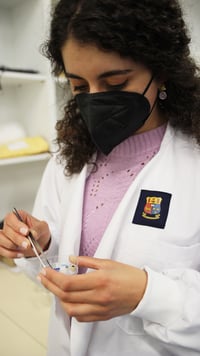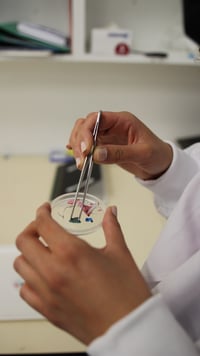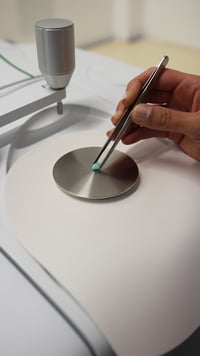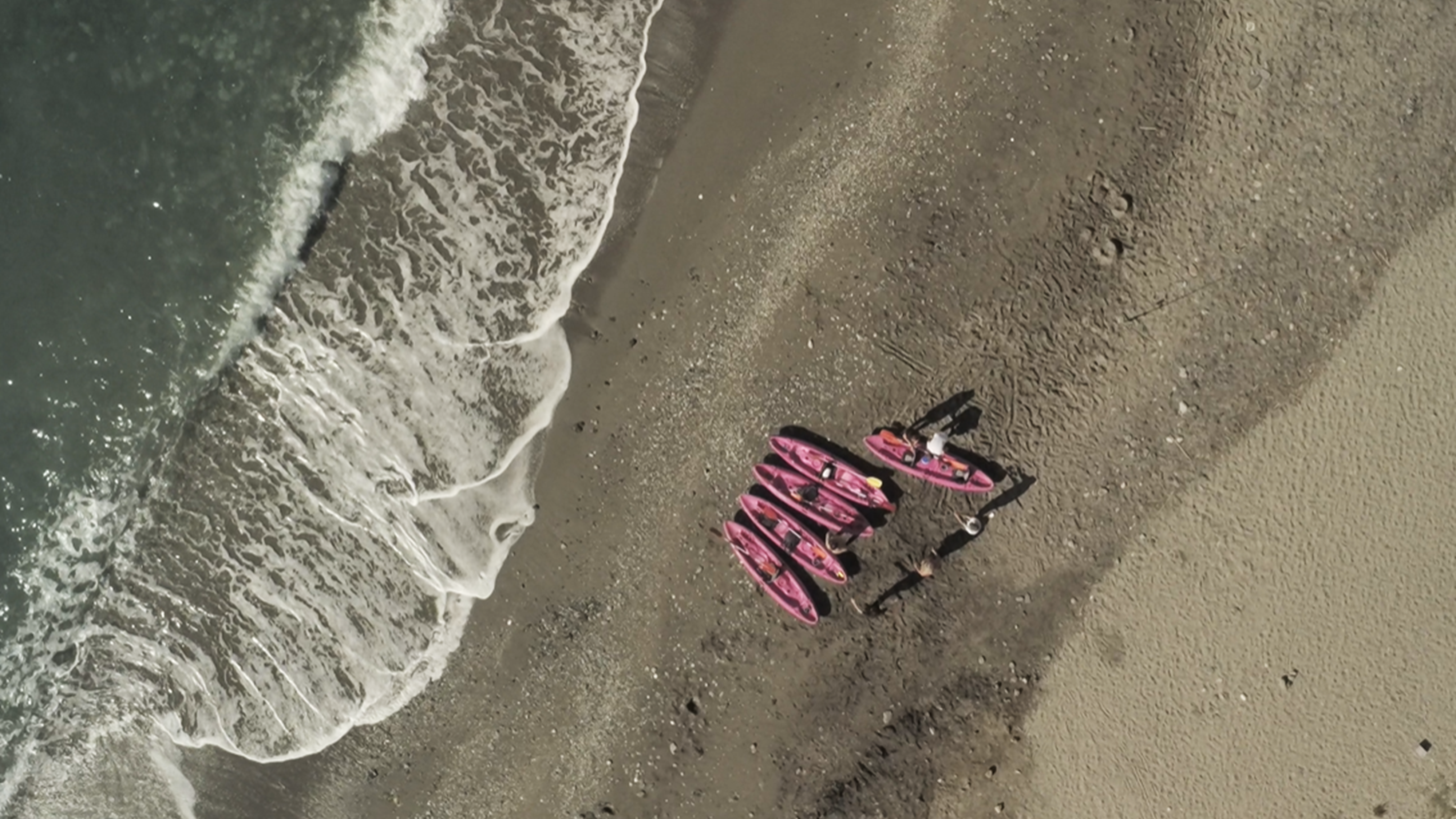SOA Microgrant Story: Dr. Alicia Mateos Cárdenas Collects and Analyzes Litter Data from a coastal region of Spain
With support from an SOA Microgrant, and in coordination with the Spanish NGO Hombre y Territorio, Alicia is using a variety of methods and tools to put exact numbers on the populations of microplastics in the area. The site isn’t obviously overrun with litter like other beaches, but was attractive to Alicia because of its wide range of environments to sample. There’s coastal water, beach sand and a waterfall at the terminus of the Sanguino River. All of these sites potentially host microplastics, and sampling all of them will tell Alicia about where these plastics come from and how they are stored.

Alicia’s team is helped by citizen scientists. These locals have a keen interest in the environment, and receive training before collection efforts to ensure that data is secure. “Citizen
scientists offer invaluable help by offering their extra set of hands”, said Alicia, noting that microplastic monitoring studies are usually hindered by their lack of personnel. Involving locals
not only teaches people about the ins-and-outs of science, but allows them to spread what
they’ve learned amongst their communities.

Previous studies in the area showed that it was highly polluted, and heavily affected by nearby
agriculture. Alicia explained that agricultural systems are not inherently bad for the environment.
“If well managed, agriculture can actually be part of the solution. A sustainable world can only be so if we meet the needs of our society without comprising our own health and the environment.” - Dr. Alicia Mateos Cárdenas

“Ecosystems are complex”, said Alicia, “but there is already enough evidence to make us
question our single-use plastic consumption and our capitalist economy.” She said that
microplastics are not just an ocean issue, and that they have been found “in rivers and soil, in
every species that has been monitored and even in our food.”
Cleaning sites like the Maro-Cerro Gordo Cliffs offers an immediate benefit to the environment, but sampling the presence of invisible plastics provides part of a long-term solution. Microplastics are too small to be collected by hand, and even though you can’t see them, their impact is felt by the health of the planet.

Microplastics are not an “out of sight / out of mind” issue, and their presence at nearly every
level of the ecosystem is alarming. “We cannot see viruses either,” said Alicia, “and we sadly
know how one small virus can stop the whole world.”
Data collected by this team will help scientists understand how microplastics are deposited, how they travel, and what they do to the environments they end up in. Read the final report here.
Have an ocean-related research project like Alicia?








Comments